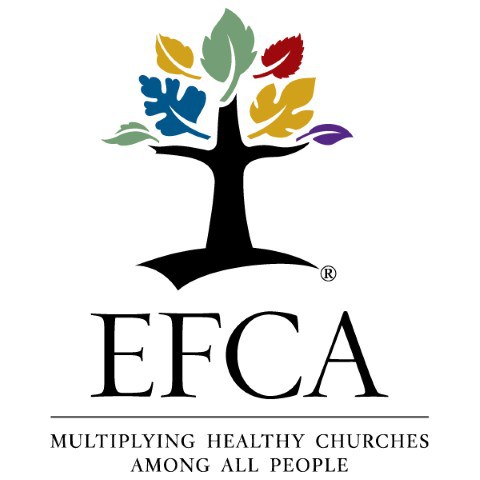
EFCA
Evangelical Free Church of America
The work at Trade River Evangelical Free Church had its beginning in 1887. Bible study and Cottage prayer meetings were held in local homes. Sunday School work was begun at the home of Carl and Augusta Peterson. Several Christian families moved into the area and regular services were conducted in various homes. In 1890, plans were made to construct a church building. The church was to be constructed on land donated by C.E. Peterson. The church building was started in 1891; they could not finish it the first year. They only built as they could afford it. All the wood for the building was cut by local people who also provided labor for the project.
EFCA History of America
A Living Legacy
Historical Background of the Evangelical Free Church of America
The Evangelical Free Church of America began in the Scandinavian countries of Sweden, Norway, and Denmark. Its religious and philosophical roots are firmly planted on the foundational principles of two major historical events. The first was the 16th century Protestant Reformation, which changed the religious climate all across Europe. The Church had strayed far from a biblically based foundation. A return to biblical roots was desperately needed. Three revolutionary principles of the Reformation laid the foundation for spiritual renewal and formed the basis for the “free church” movement during the next 250 years.
-Sola Scriptura (only the Scriptures) the Scriptures, not the institutional Church, are the primary authority by which humanity must live and against which truth and error must be judged.
-Sola Gratia (only by grace) Salvation is by grace alone; it is the free and unmerited gift of God to the sinful human world.
-Sola Fides (only by faith) The gift of salvation and the benefits of being in God’s eternal family come through personal faith in Christ as Savior, not by any personal good works. The second major historical event was the mid-19th century grass-roots movement across Europe to break away from established, state-controlled churches, which were in many cases simply arms of government. The state church was controlling and spiritually dead. The grass-roots movement returned chuchgoers to a faith founded on the Scriptures. This resulted in foundational principles of the church:
-Church membership of “believers only.”
-A scriptural basis for theological belief and personal lifestyle.
-Local church autonomy, the right of self-government.
-The ordinances of baptism and Communion were only for those who confessed faith in Christ.
-Active involvement of lay people in the work of the church.
-Missionary activity to reach people who need to know the Good News of the gospel.
As revivals swept through Scandinavia in the late 1800’s, many were converted. Emigrants came to America and settled in communities desiring not only church fellowship, but also local autonomy.
The Swedish group had its formal beginnings in 1884 at a conference in Boone, Iowa The same year two Norwegian-Danish groups organized: the first in Boston, Massachusetts and the second in Tacoma, Washington. The Swedish and Norwegian-Danish groups developed into formal associations by the early 1900’s. In 1950, the two groups merged 275 churches to form the Evangelical Free Church of America.
From these humble beginnings flourished a fellowship of almost 1,300 churches, who are currently enjoying worship across America.
Throughout our history, there have been many men and women who have been God’s instruments to provide leadership and direction to our growing ministry.
Jim Forstrom, EFCA Archivist
